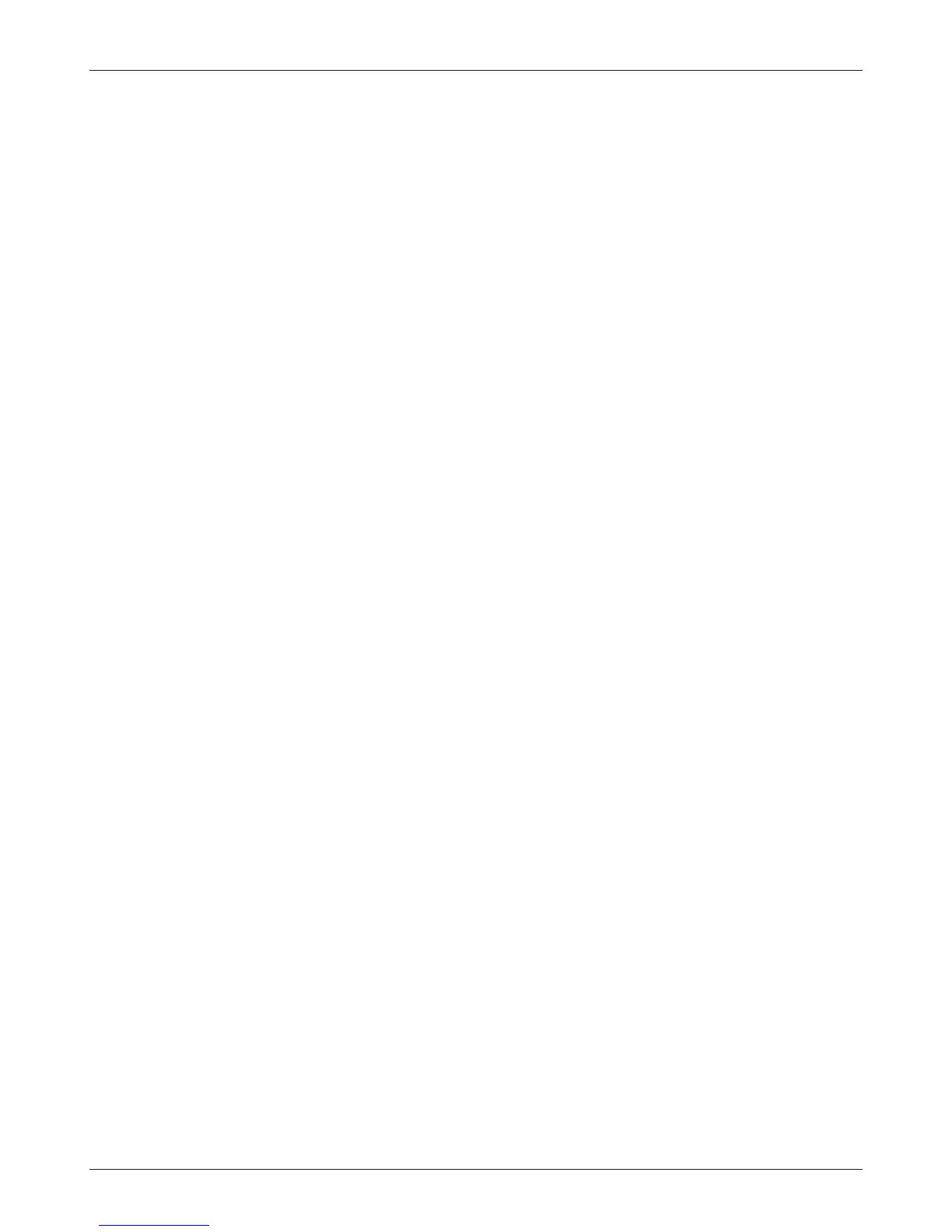122
Curtis 1232E/34E/36E/38E & 1232SE/34SE/36SE Manual, os 30
24 NOVEMBER 2015
8 — VCL
OEM-dened User Faults
e operating system also provides the capability to create OEM-defined custom
faults using VCL. Just as with system faults, the VCL fault codes are ashed
on the controller Status LEDs and fault text is displayed on the System Faults
and Fault History menus of the 1313/1314 programmer. Optionally, the VCL
can assign fault actions to occur automatically when the associated fault is set.
Sixteen VCL faults are available, stored in the VCL variables UserFault1 and
UserFault2. e UserFault1,2 variables are Read/Write (R/W) and the 16 faults
are stored in the lower byte of each variable like this:
UserFaultl
* Bit0 = VCLfault1 (Code 51)
* Bit1 = VCLfault2 (Code 52)
* Bit2 = VCLfault3 (Code 53)
* Bit3 = VCLfault4 (Code 54)
* Bit4 = VCLfault5 (Code 55)
* Bit5 = VCLfault6 (Code 56)
* Bit6 = VCLfault7 (Code 57)
* Bit7 = VCLfault8 (Code 58)
UserFault2
* Bit0 = VCLfault9 (Code 59)
* Bit1 = VCLfault10 (Code 61)
* Bit2 = VCLfault11 (Code 62)
* Bit3 = VCLfault12 (Code 63)
* Bit4 = VCLfault13 (Code 64)
* Bit5 = VCLfault14 (Code 65)
* Bit6 = VCLfault15 (Code 66)
* Bit7 = VCLfault16 (Code 67)
e “Code” numbers result in the ashing of the controller status LEDs that
help identify the fault without use of a programmer. Setting the fault in VCL
is done by setting the associated fault bit in the UserFault1 and 2 variables.
Clearing the fault must also be handled by VCL and is done by clearing the
associated fault bit. For example:
if (BDI-Percentage < 10)
{
UserFault1.2 = ON ;Set VCL Fault bit
}
else
{
UserFault1.2 = OFF ;Clear VCL Fault bit
}
is VCL will check to see if the Battery Discharge Indicator is less than 10%.
If it is, UserFault1 Bit1 (Code 52) is set. If the BDI is not less than 10%, the
fault is cleared. Using just the VCL above in a program will only result in the
ashing of a code 52 on controller status LEDs and no fault actions will result
nor will the programmer display any text about the fault.

